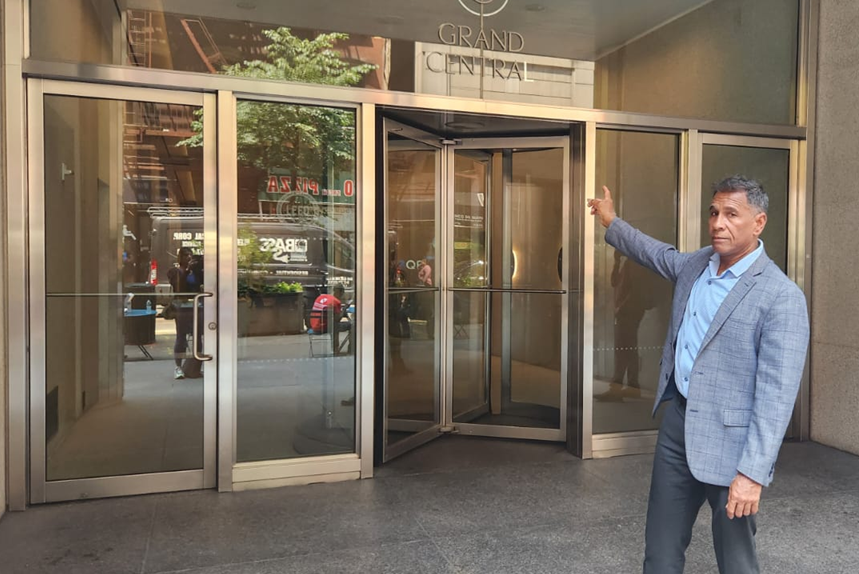As many countries across the Americas commemorate October 10 as Columbus Day—a date symbolizing European “discovery” and the beginning of colonization—Caribbean, American Indigenous peoples remember it as a day marking invasion, occupation, and genocide. This year, October 10, 2025, also marks 15 years since the 10-10-10 Dissolution of the Netherlands Antilles, a tragedy for the Antillean people, when the Netherlands used this same historic date to impose a renewed and continuous form of colonial rule by annexing Bonaire into the Dutch constitution under direct control from The Hague.
During the session of the formation of the last Parliament of the Netherlands Antilles, where officials from the Antillean islands were present, James Finies urged them not to abandon Bonaire and the Antillean brotherhood after the dissolution of the Netherlands Antilles. He made an official appeal for the preservation of an Antillean body dedicated to culture and sports and other forms of cooperation, to maintain unity and shared identity among the islands. However, his plea was disregarded, and through legislative manipulation, Bonaire’s former autonomous status was subsequently changed, downgraded to a “public entity,” the lowest administrative classification under Dutch law. This reclassification placed the island under multiple layers of non-democratic governance from the Hague, erasing representative democracy and violating United Nations and international standards for self-governance and self-determination.
Despite a 2015 referendum in which 66% of Bonaire’s people rejected the imposed status, the Netherlands permanently embedded it in 2017—anchoring a modern system of continuous colonial domination.
Among the first acts of this new governance was the imposition and enforcement of controversial “immoral laws,” opposed by local leaders and citizens for violating Bonaire’s cultural and religious values. The Hague ignored these protests, deepening the sense of cultural disrespect and political subordination.
Human rights advocate James Finies has since led an international campaign across Latin America, the Caribbean, Europe, and the United Nations to expose Dutch colonial practices and their symbolic expressions.
As part of this ongoing advocacy, Finies discovered that the Netherlands Mission to the UN was located in the number “666 Building” on 2nd Avenue in Manhattan—an address carrying deep symbolic meaning for Bonaire’s largely Christian population, who associate the number 666 with evil. For many, this location became a stark metaphor for the moral and spiritual imbalance of colonialism. Following global exposure of this symbolism, the Dutch Mission recently quietly changed the building address to the building number to 6 Grand Central Building—a small but significant shift.
“This change shows that even the symbols of colonialism can be confronted and transformed,” “Our advocacy proves that exposing injustice—both in practice and in symbolism—can bring about real change.”
As Bonaire marks 15 years since the 10-10-10 annexation, the renaming of the Dutch UN Mission in New York building stands as a testament to the power of civil society and international advocacy in challenging continuous colonial practices and their enduring symbols.






